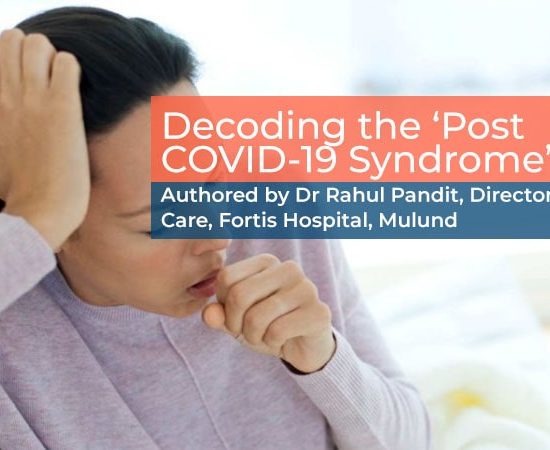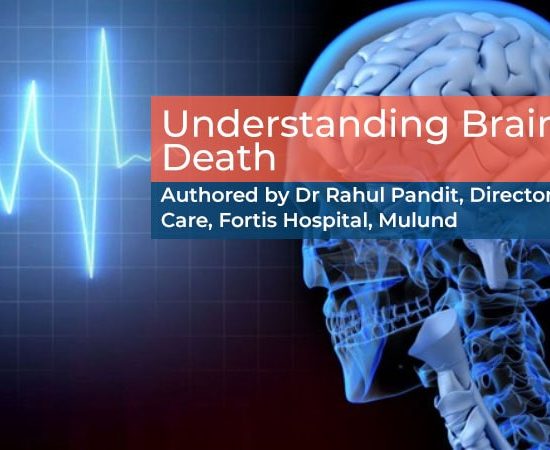COVID19 risk to the homebound elderly
While most citizens continue to remain indoors owing to lockdown restrictions, we have been witnessing an increase in outdoor movements; family members running grocery errands, movement of delivery personnel, etc. is commonly seen. For the senior citizens, who form one of the most susceptible groups of individuals who could easily contract the infection, being homebound is the only option. Family members or neighbors carefully take precaution on their behalf; however, there is a great risk if they come in contact with these senior adults.
It is observed across hospitals that a lot of elderly patients that get hospitalized for the novel Coronavirus are brought in late. The primary reason for this is that the risk of exposure to the abovementioned group of individuals is expected to be far lesser since they are being homebound. However, since the movement of other family members is not restricted, the elderly members are subsequently exposed to the virus. When the elderly start showing symptoms, it is usually presumed to be a non – COVID cause with an assumption that a homebound person will not contract COVID-19.

These patients usually have a delayed diagnosis and admission. The recovery may then be complicated due to – late admission, advanced age (Usually above 70 years or above) and comorbidities that are common at that age.
As older adults have a weakened immune system primarily due to other conditions such as Hypertension, Diabetes, Heart, Lung or Kidney disease and other complications, they are automatically vulnerable to infectious diseases, along with the concept of ‘being frail’ which refers to age related psychological, physical and social problems. These two factors jointly contribute to the body’s inability to combat the overall stress to the immune system.
Safeguarding older people through COVID-19
- It is imperative to understand that the elderly is equally at risk at home; so the other family members need to be extra vigilant about hygiene practices and importantly, take notice of symptoms of the elderly as a possible COVID- 19, as they may have caught COVID even at home
- It is important that even while being homebound, if a family member ventures outside, once returned, the practice of social distancing is implemented.
- Refrain from coming in contact with visitors unless absolutely necessary. It is preferable that only healthy people are met with.
- Avoid close interaction with children or younger adults as they can be asymptomatic carriers
- Hand and respiratory hygiene are of great significance.
- Seniors are generally anxious in nature – as they do not consume media as much as the younger adults and are often oblivious to the ramifications of the situation. It is important to relieve them of any stress, panic or anxiety by addressing the situation preventing any triggers.
- It is important to watch out for signs of respiratory symptoms so that timely medical aid is sought
- Avoid over the counter or curative measures; opt for tele-consultation with your doctor and discussion your issues in detail so you can begin on guided medication.
For elders above the age of 60yrs, the ‘3Minute Walk Test’ (3MWT) is recommended; i.e. a do-at-home test to look for Cardio-Pulmonary exercise tolerance. It should be performed by the individual from the 5th – 12th day of the onset of symptoms. This will give a clearer picture about the Oxygen levels of the individual. This test will help the homebound, who are worried about getting infected; the results of the 3MWT can be discussed with the physician over tele-consultation to understand the next steps.
Here’s how it is done:
- Advice your older adult to walk in the confinement of his/ her room for 3mins non-stop, without any Oxygen support
- Once the walk is completed, using a Pulse Oximeter measure if the Oxygen saturation of the individual has dropped below 93%, or if there is an absolute drop of more than 3%. A fall in oxygen below 90% should be considered as an emergency and the patient must hospitalized immediately.






